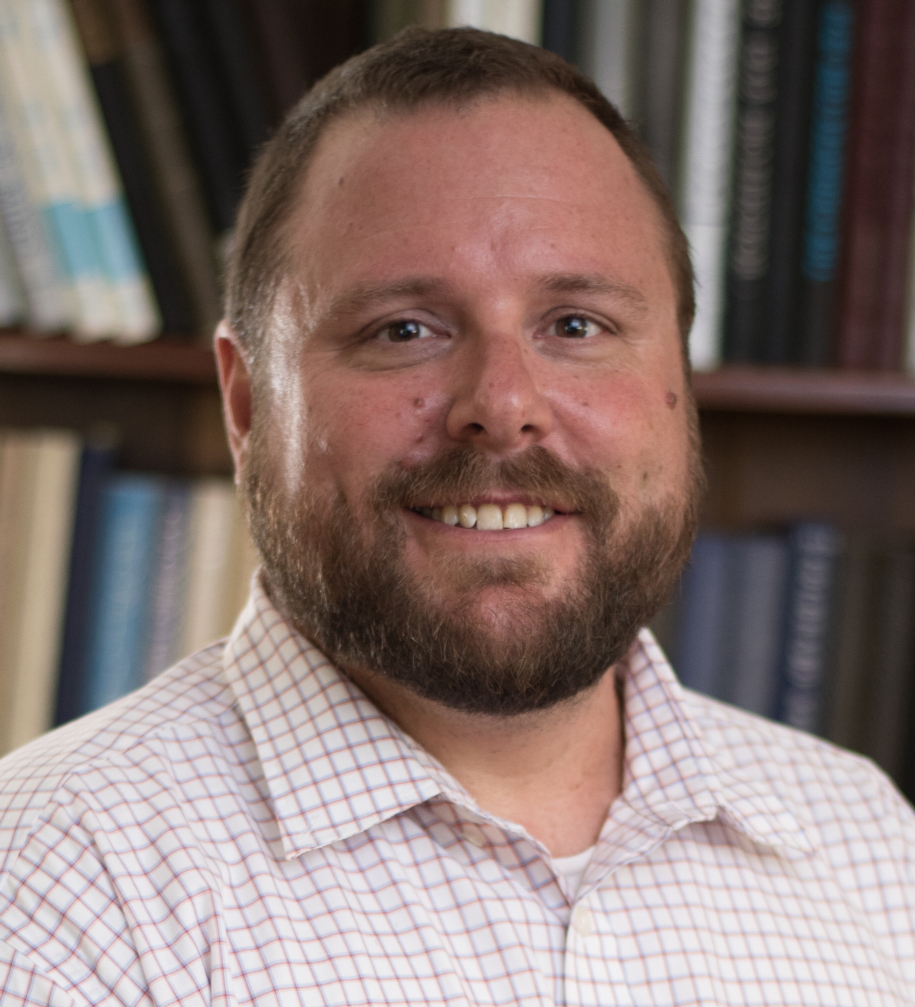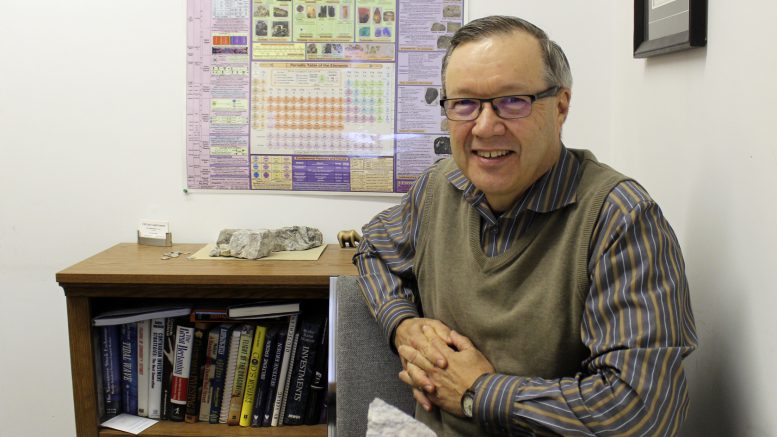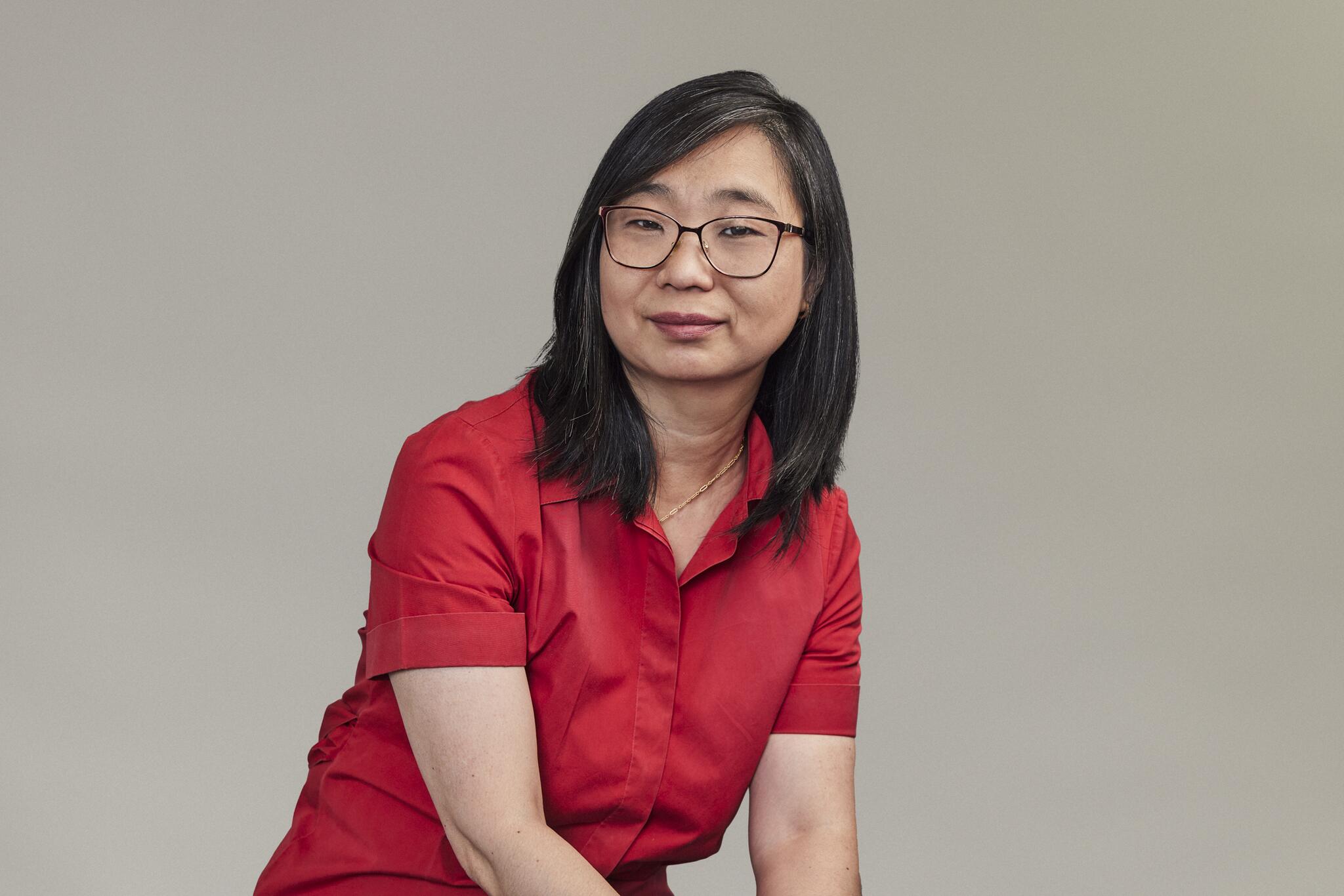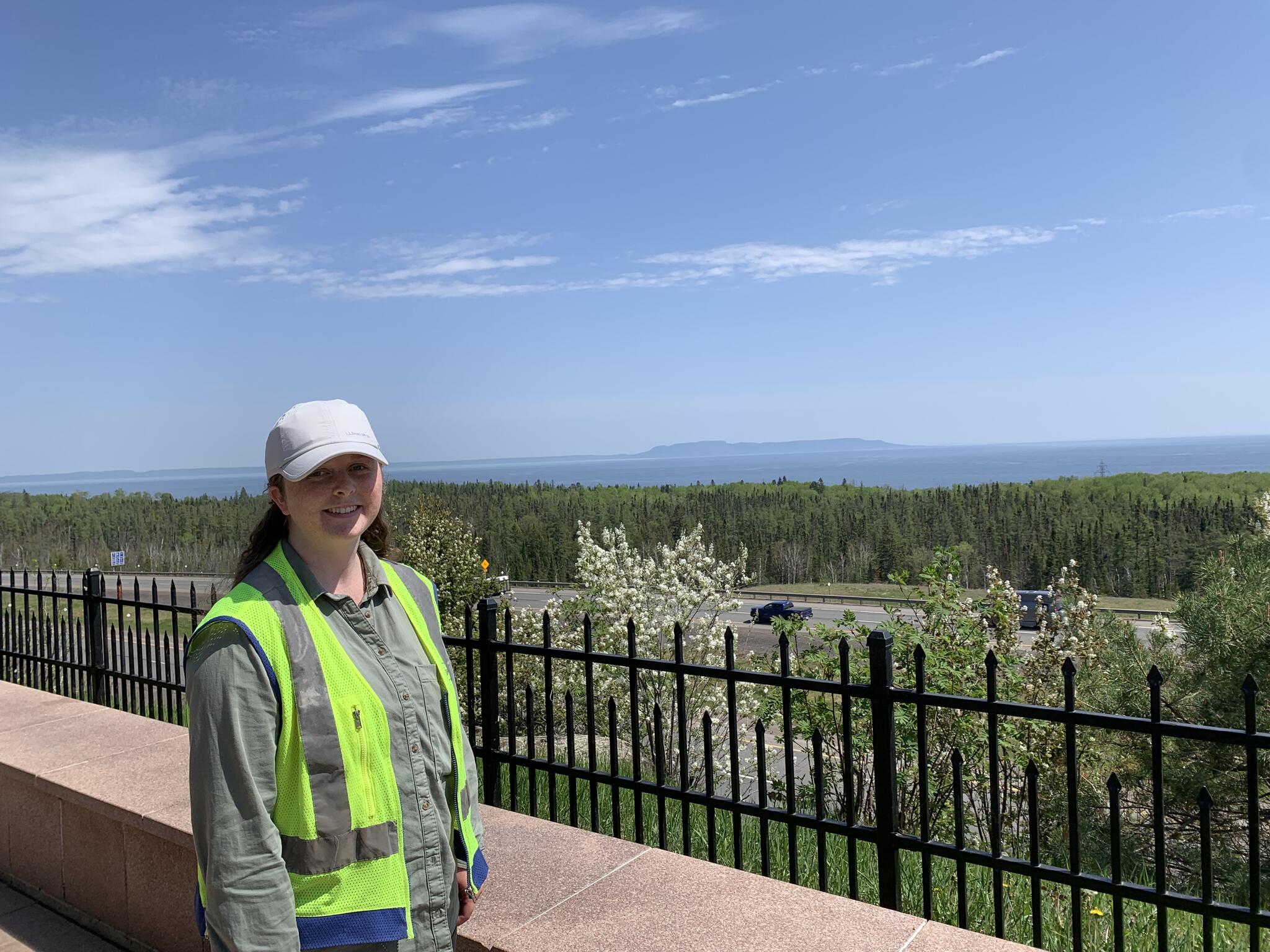Visiting Speaker - Dr. Jeffrey Shragge
Date
Tuesday October 24, 202310:30 am - 11:30 am
Location
The Department of Geological Sciences and Geological Engineering Visiting Speaker Series Presents:
Dr. Jeffrey Shragge, Colorado School of Mines

Talk Title: Observations from the Seafloor: Low-frequency Ambient Wavefield Seismology on Large Seafloor Nodal Arrays
Date: Tuesday, October 24
Time: 10:30 am - 11:30 am
Location: BIOL SCI 1102
Coffee and treats will be served.
Abstract:
Estimating accurate Earth models for 3-D seismic imaging and full waveform inversion (FWI) remains challenging due to limited low frequencies (i.e., below 2.0 Hz) typically available from active seismic sources such as air guns or dynamite. Naturally occurring ambient wavefield energy acquired on large continuously recording nodal arrays, though, presents a potential alternative energy source for subsurface investigation. By exploiting principles of seismic interferometry in deep-water marine settings, low-frequency (sub-2.0 Hz) virtual shot gathers can be generated with surface-wave events that exhibit clear sensitivity to large-scale model features including salt bodies. These observations suggest a pathway forward for estimating long-wavelength 3-D elastic models required for accurate FWI and seismic imaging analyses. Finally, the use of ambient seismic wavefield interferometry is not restricted to soft-rock investigations and these methods increasingly are being applied in terrestrial hard-rock mineral exploration due to the significantly lower economic costs of acquiring ambient versus active-source nodal wavefield data.
Biography:
Jeffrey Shragge is a Professor in the Geophysics Department at the Colorado School of Mines and is a co-Leader of the Mines Center for Wave Phenomena (CWP) research consortium. Jeffrey received a BSc in Physics from Queen’s University, a MSc in Geophysics from the University of British Columbia, and a PhD in Geophysics from Stanford University. He is a former Editor-in-Chief of the journal Geophysics and the past Vice-President of Publications on the Society of Exploration Geophysicists Board of Directors. Jeffrey’s research interests include seismic imaging and inversion, wave propagation, near-surface geophysics, scientific high-performance computing, archeological geophysics, and humanitarian applications of geophysics.


.jpeg)
.jpeg)
.png)
.png)

